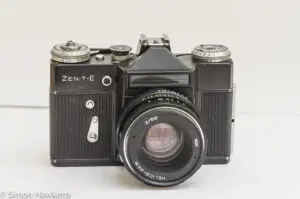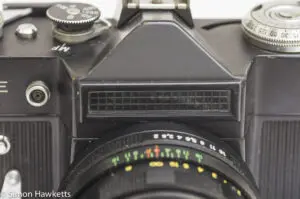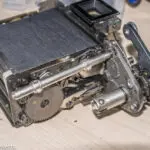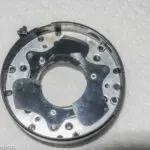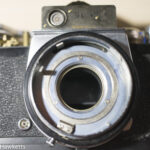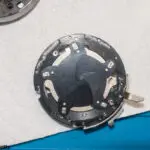This is my review of a camera very popular from the late 1960s to the middle 1980s which was the first camera of many enthusiastic photographers, the Zenit E.
Zenit E Images
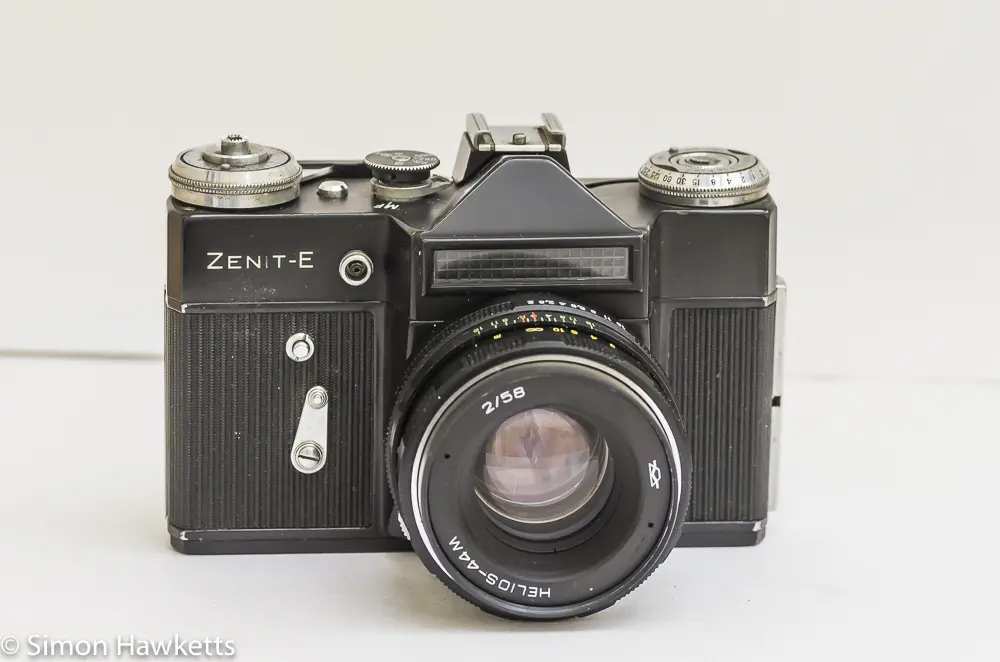
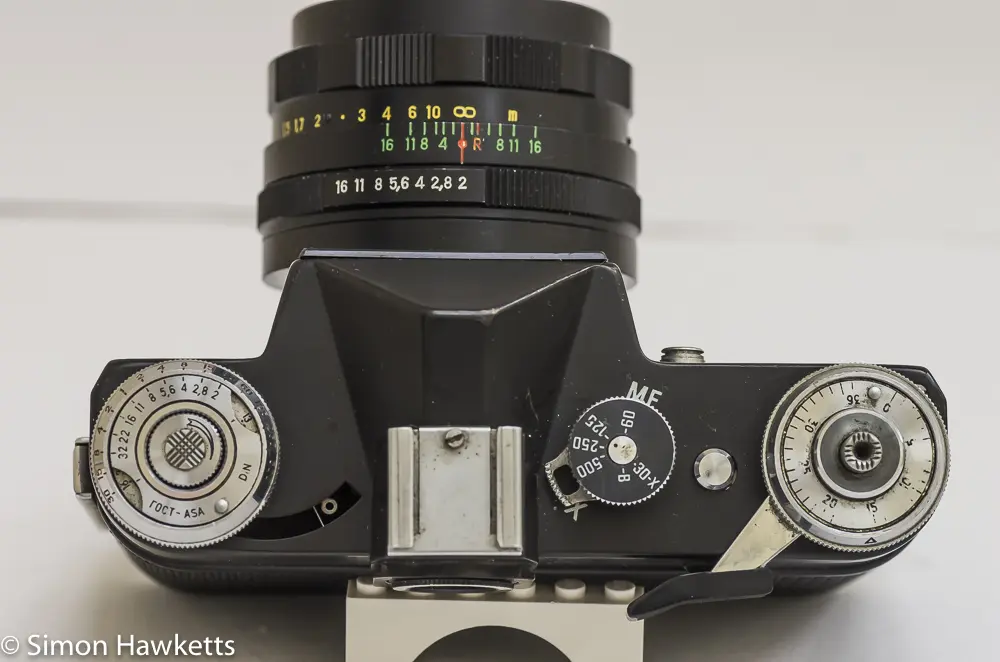
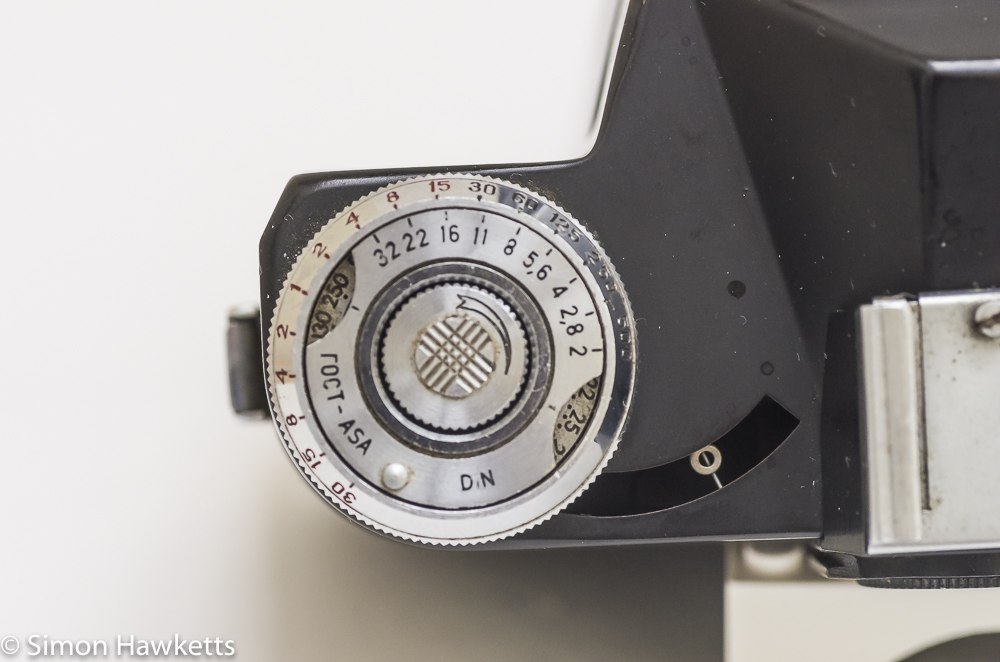
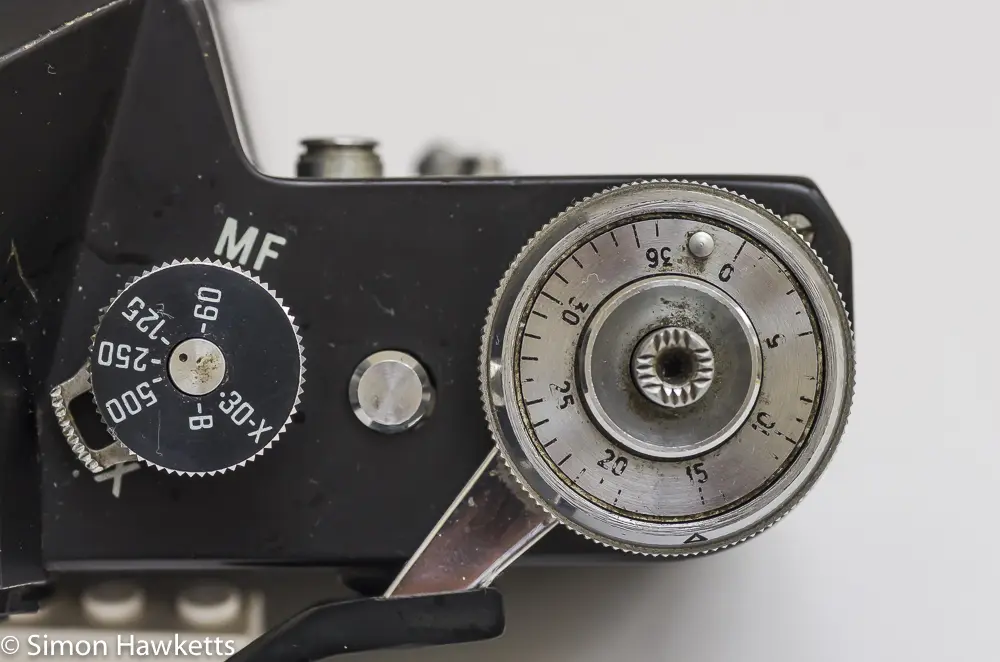
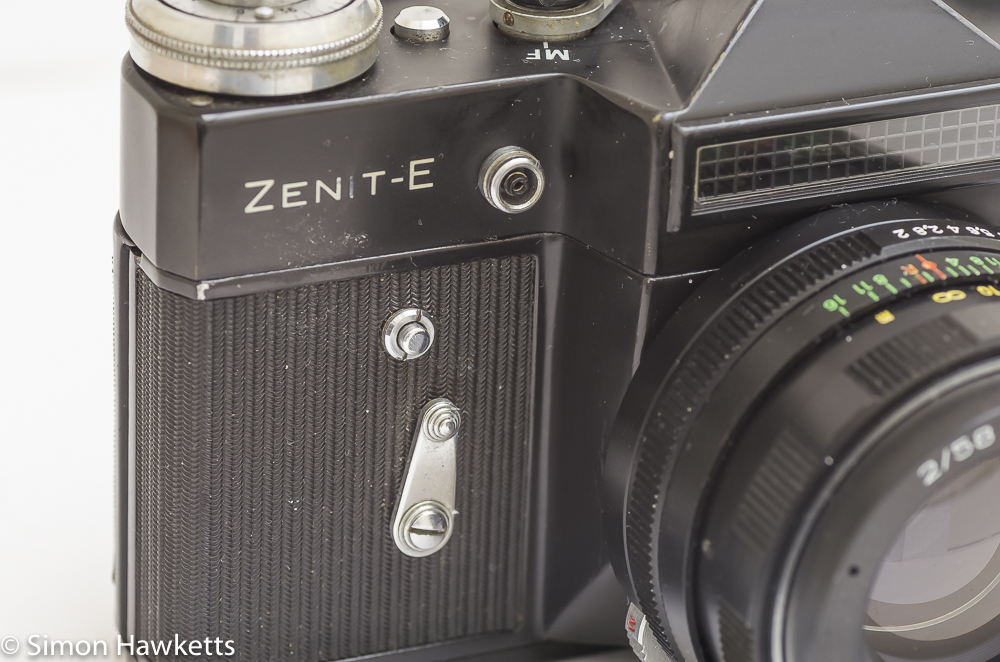
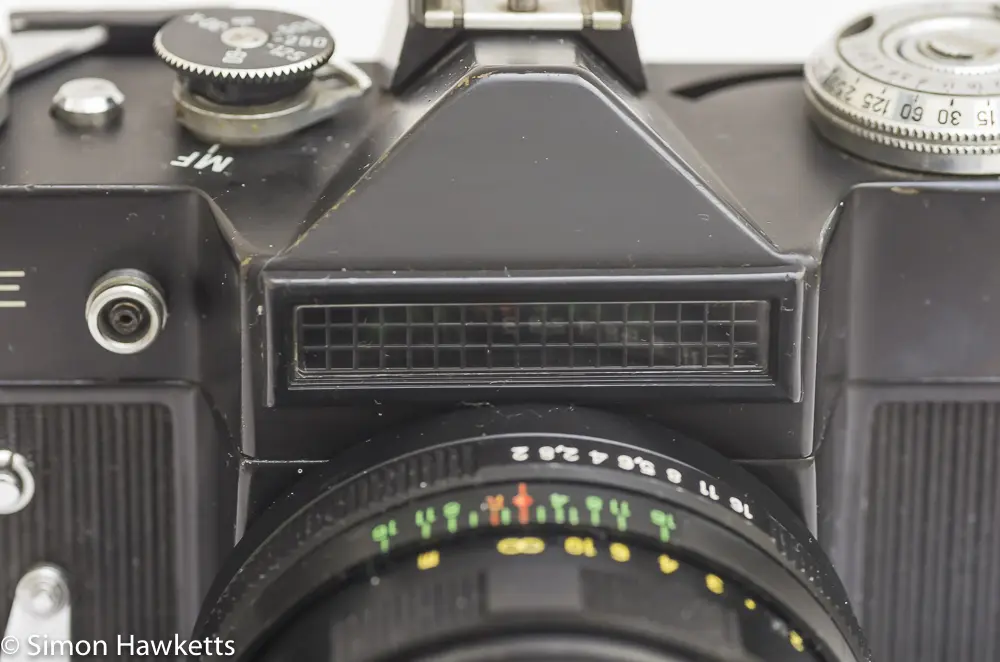
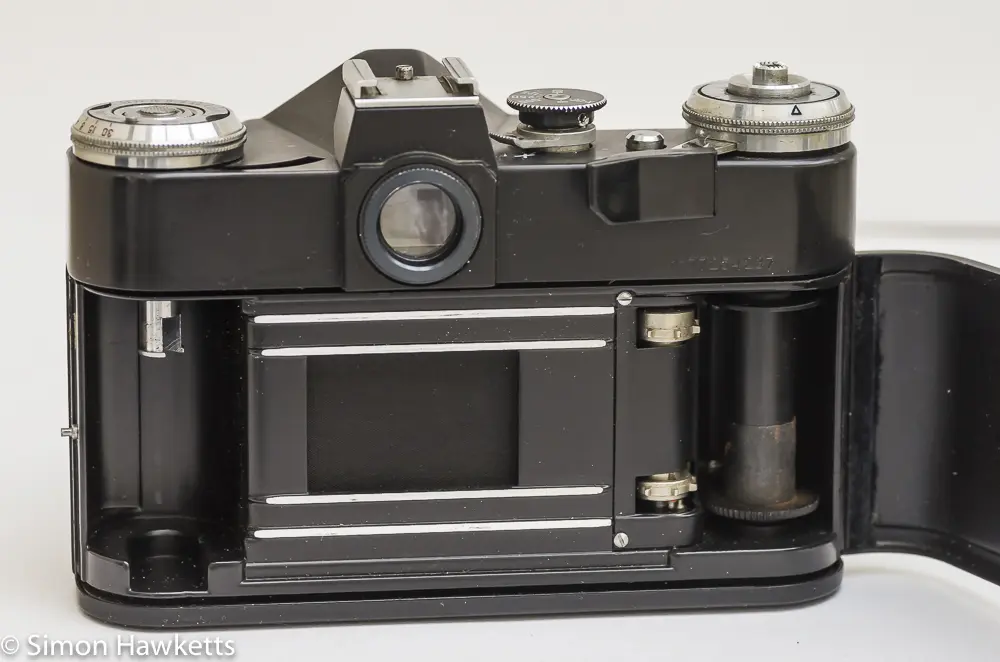
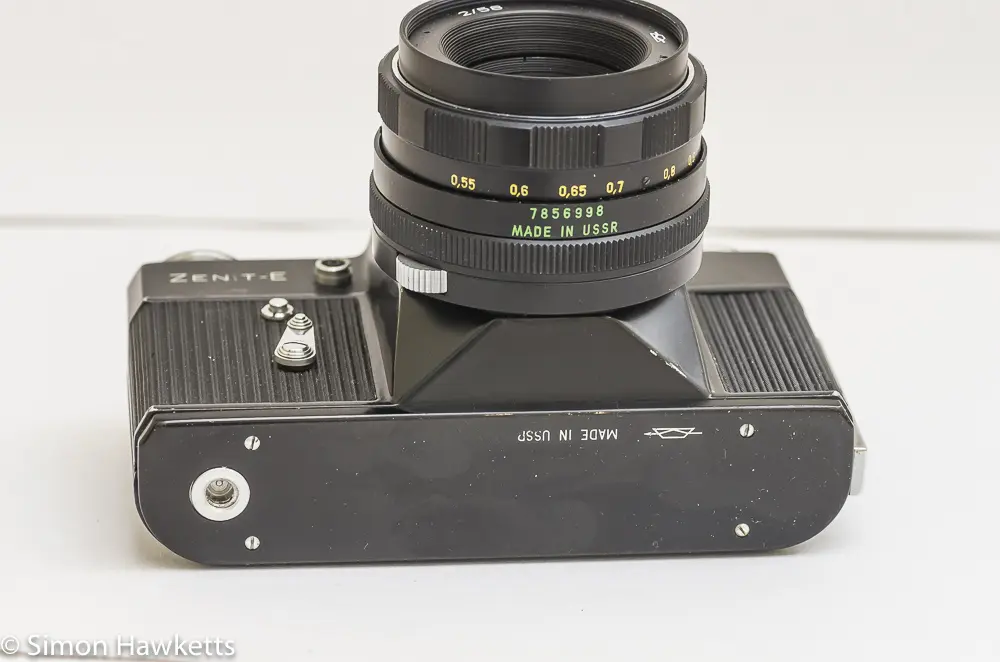
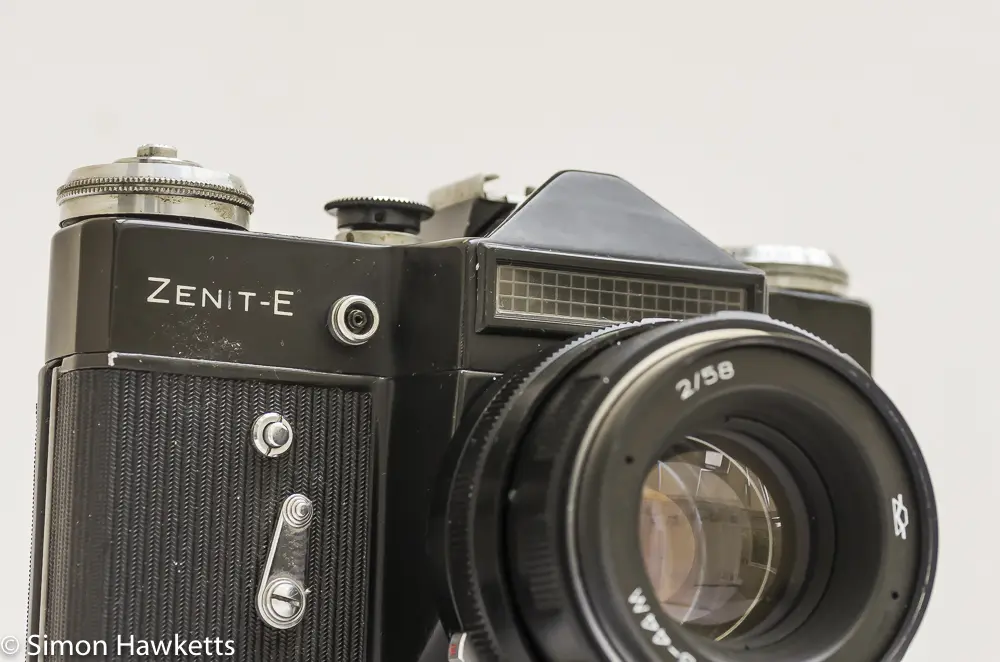
My Zenit E Camera
This camera was bought as part of a job lot of 4 cameras I acquired a couple of weeks ago for the small sum of £9.49.
I was quite pleased it was included in that mini collection, because I owned a Zenit B in the early 1970s and this camera is a very close relation of the model B. The main difference is that the E has a light meter included whereas with the model B you had to use a separate light meter.
This Zenith was probably in the worst physical condition of all the cameras I bought in that eBay sale. It was a much muckier than any of the others, including a thin film of dirt over the mirror, although it was also the only one which didn't have a lens fitted, so that probably explains it. As well as the dirt, the protective window over the light meter display is also missing, so I will need to dismantle the top cover, so I can fit a replacement.
For the purpose of taking the pictures for this post I fitted a Helios 44M lens which I own, which would be very similar to the lens originally supplied. When the camera was new however, it wouldn't have been the M version which has an aperture stop down pin, since the Zenit E doesn't have the mechanism to operate the pin.
The shutter speed setting dial, the film advance and all the other controls seem to work however, so I think the camera is in a working condition.
Zenit E description
The Zenit series of cameras are in general quite simple in their design, and the E is no exception. It is a fully mechanical camera with a non coupled, match needle light meter assembled into a solidly built metal frame. They are almost the definition of 'no frills' photography, but for all these apparent disadvantages they were still incredibly popular. I'm sure I'm not alone in saying that the Zenit I owned was the first 'proper' camera I used to take photographs.
One reason for this of course was the cost - the Zenit were the cheapest way to own a 35 mm SLR, and because they used the very popular Pentax M42 screw thread lens mount they could be used with literally hundreds of different makes of lenses. I'm pretty sure I also remember them being sold in the Dixon's high street electrical retailer in the 1970s but rebadged as 'Prinzflex', which was Dixon's name for their own brand products.
I seem to remember the majority of Zenit cameras were silver, but on eBay there is no shortage of either silver or black, so it's probably that silver was the popular colour when I purchased mine. The camera did have a long production run (according to camerapedia from 1965 to 1986) so over that time frame the popular colour probably switched from silver to black and back several times.
As I said above this is a no frills camera and to get best results things needed to be done in the correct order. For example, the aperture is fully manual, so it's important to focus the camera with the aperture fully open, so the viewfinder is at its brightest and most accurate. Then you need to measure the light with the match needle light meter built into the top of the camera and transfer the readings to the shutter and aperture.
You then look through the viewfinder again and re-compose the picture until finally you press the shutter and capture the picture. If the lens fitted had a pre-set aperture some of these steps could be simpler because you could take a light meter reading first and pre-set the aperture, but it could still be a laborious process.
Because the light meter uses a cell which generates a voltage proportionate to the light falling on the cell rather than one which changes resistance based on the light lever, no battery is needed in the camera, and that is a huge advantage of this type of camera - you never got caught with a dead battery. I do find that it is a bit difficult to read the light meter, but that is probably because my eyes are less good than they once were.
The view through the viewfinder is slightly rounded in the corners and the edges are slightly bowed, giving the impression of looking at the world through an old-fashioned CRT television and perception is emphasised because there is no central focusing aid.
All in all this is a simple mechanical camera which was made in huge quantities over a long period of time. For all their simplicity and rather limited spec however, they are mechanically robust and were used by many photographers as their first introduction to 'real' photography.
Zenit E specifications.
- Zenit E 35mm SLR camera in black
- Shutter 1/30 to 1/500 + B
- Shutter release threaded for cable + locks down if pressed and turned
- Rewind crank hidden in light meter knob. Press and turn to release.
- Horizontal travel cloth focal plane shutter
- Flash sync at 1/30th switchable to X or MF
- Self timer with separate release
- Match needle light meter
- ASA 16 to 500
- User resettable frame counter
- Fully mechanical operation - no battery needed
- Ser No: 77254237
- Manual available here
